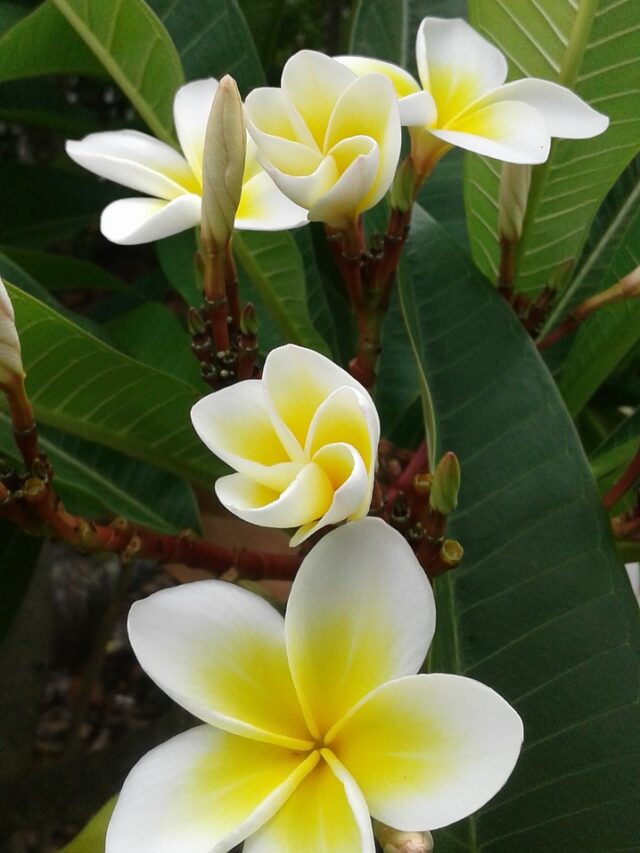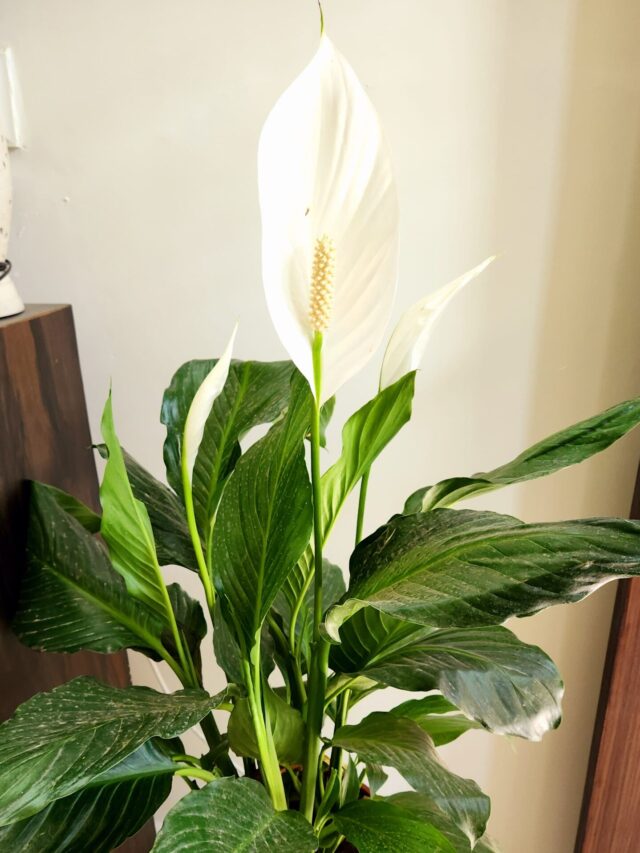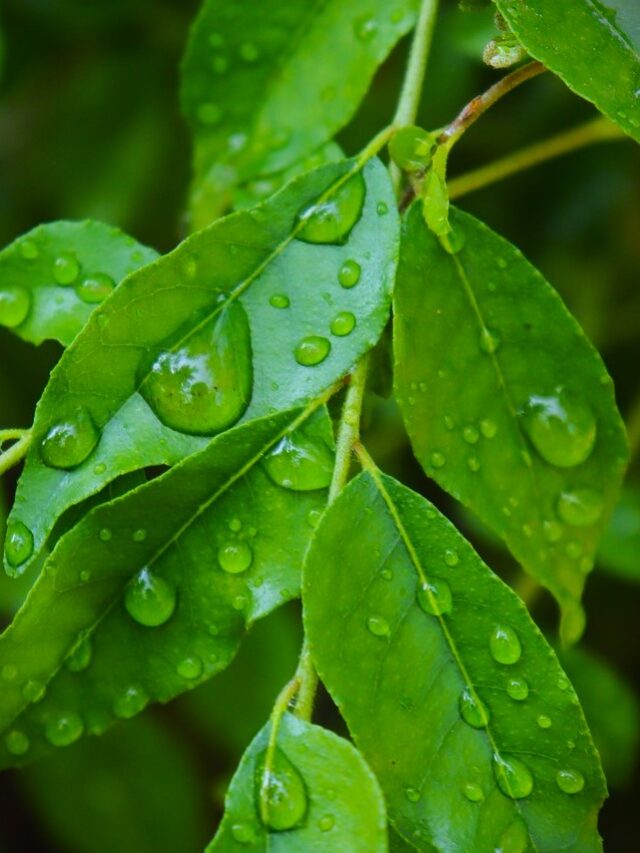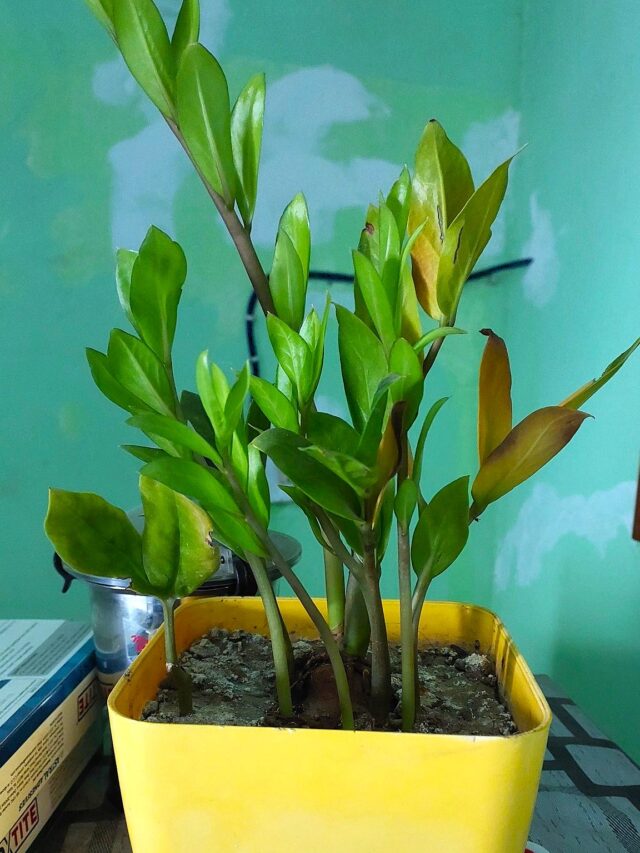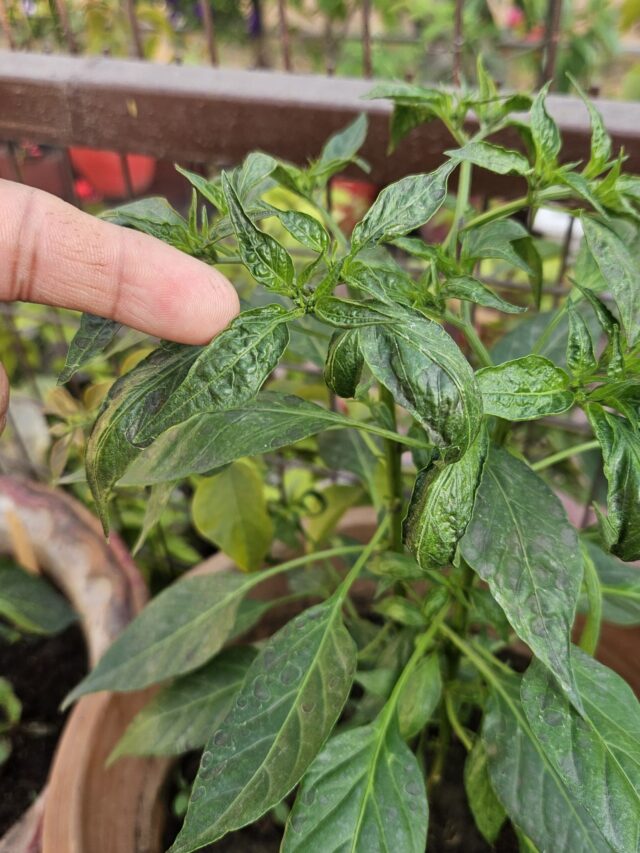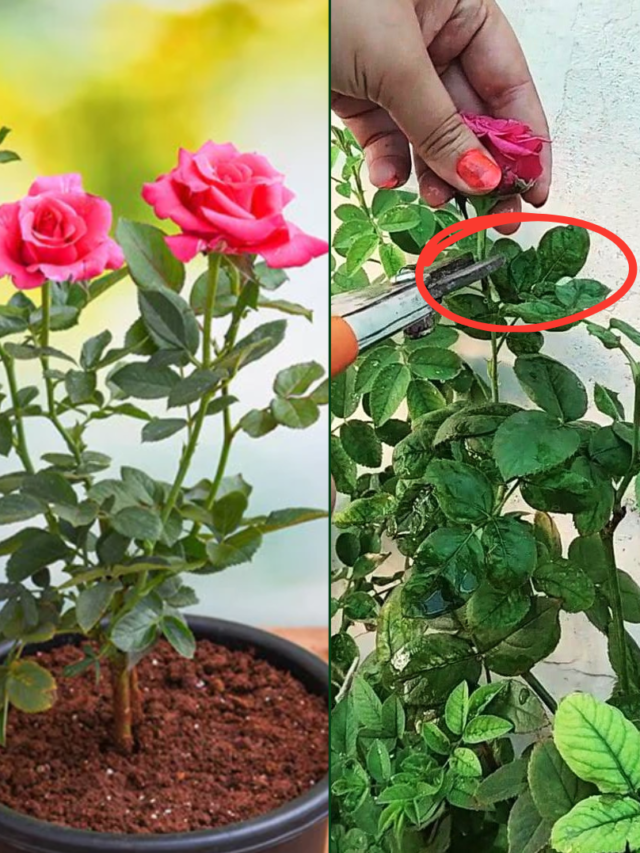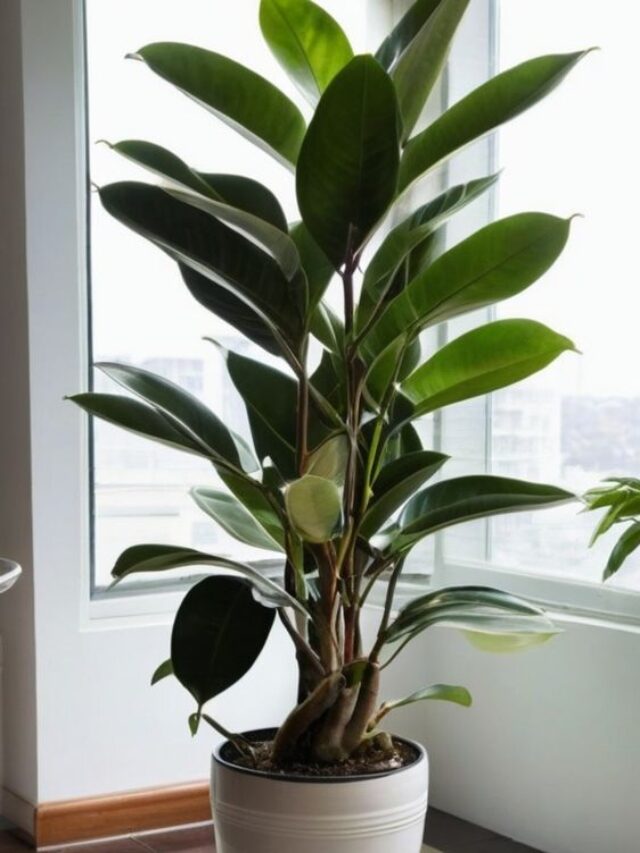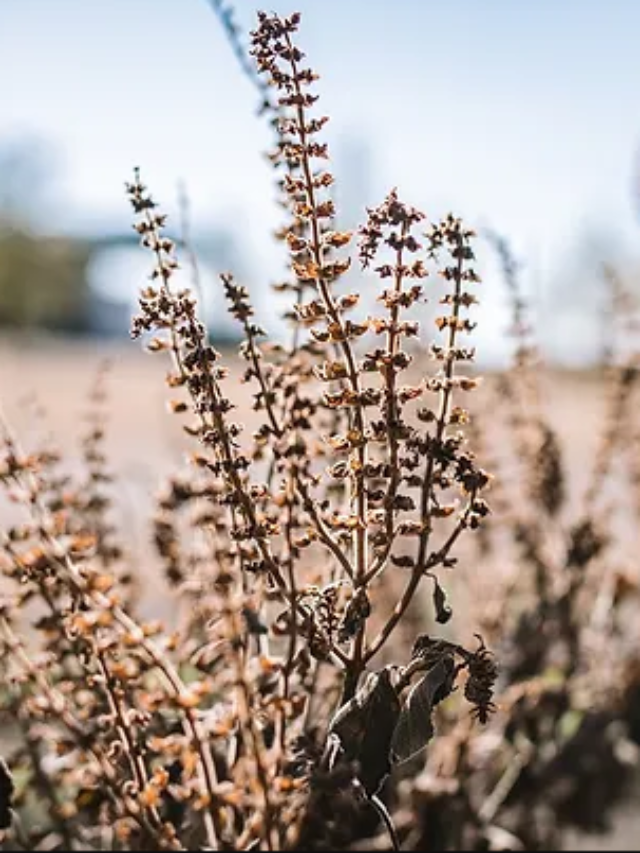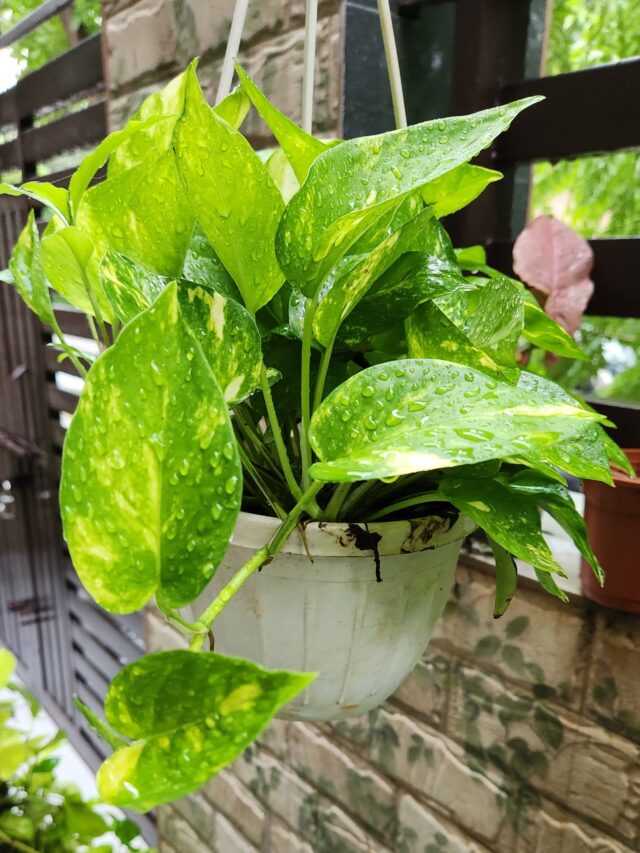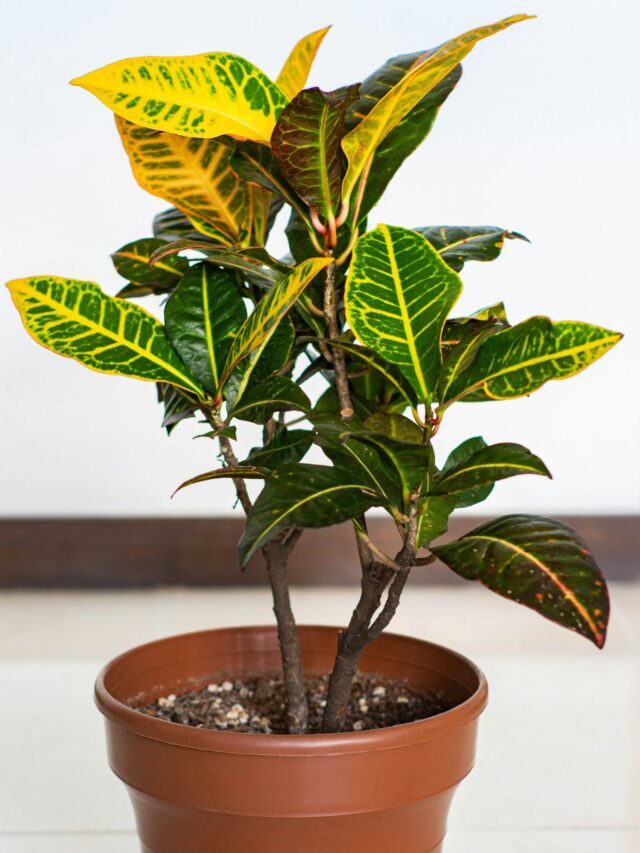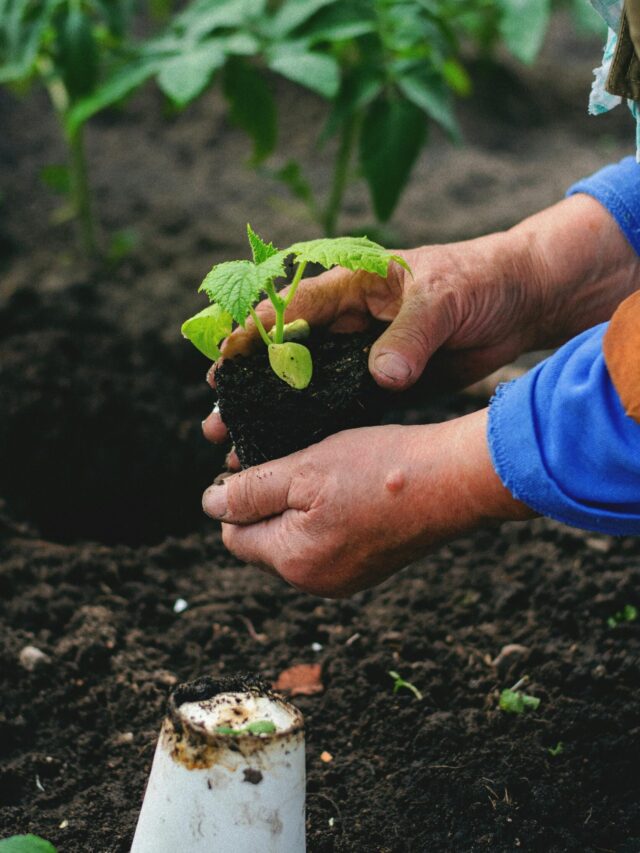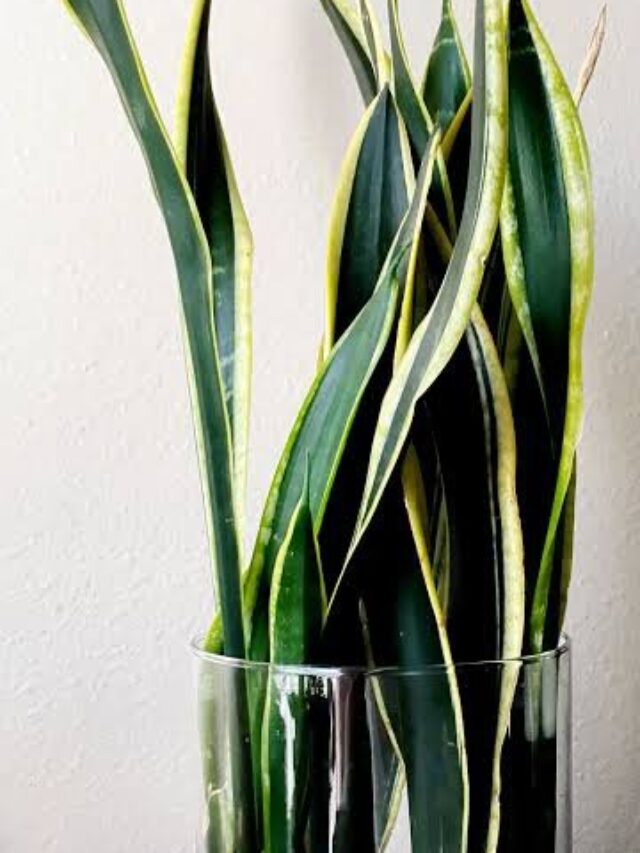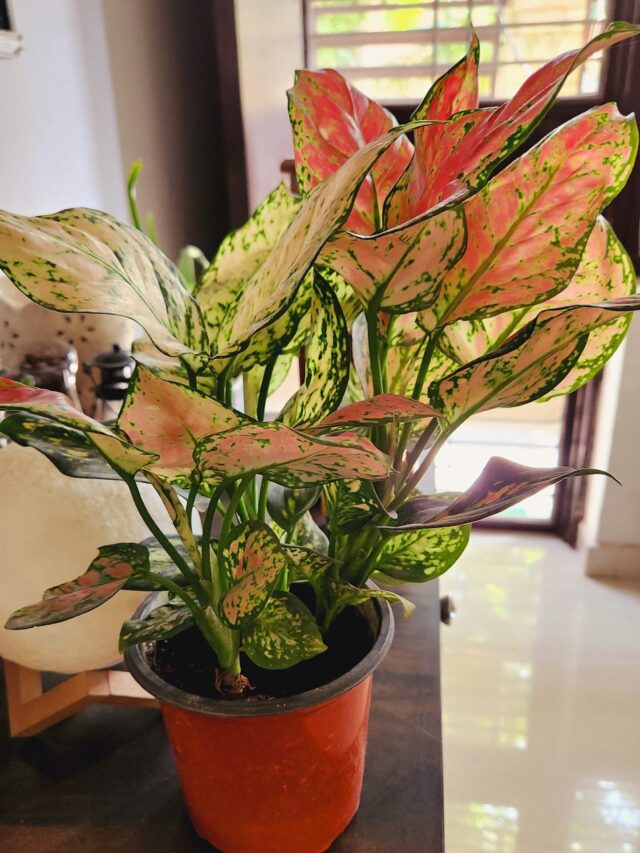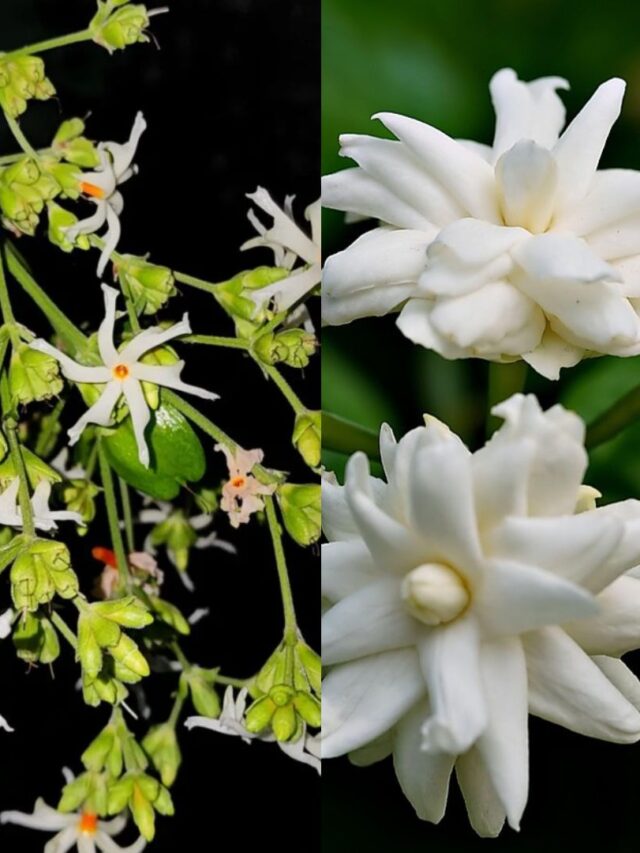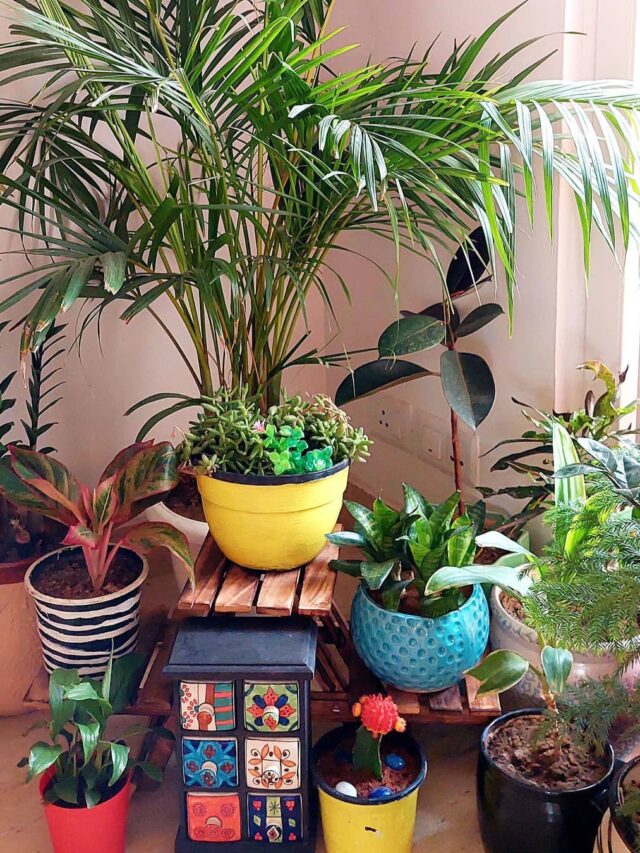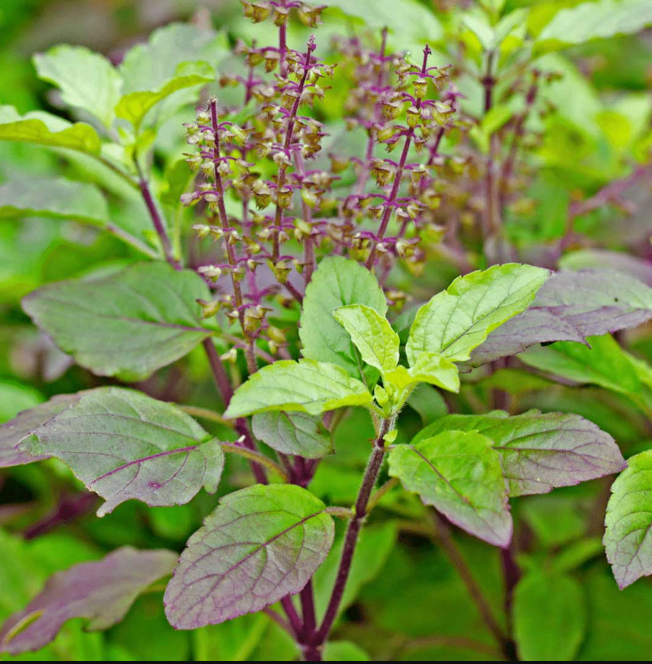Tulsi, cherished for its perennial nature, sacred aura, and aromatic allure, is a beloved presence in countless homes. This remarkable plant has the capacity to thrive for numerous years without the need for seasonal replacements.
Despite its resilience, many individuals are unaware of the proper care essential for sustaining the vitality of the Tulsi (Holy basil) plant, which can lead to its demise within a single season.
This comprehensive article identifies common mistakes that, with careful attention, can be addressed to extend the lifespan of your Tulsi plant. Now, let’s explore some common mistakes that, when addressed with care and attention, can significantly extend the lifespan of your cherished Tulsi plant.
Tulsi Plant Care in Winter Season: 10 mistakes to avoid
1. Not Following Perfect Growing Season – Summer Season:
Many folks are still unfamiliar with the optimal growing season for the Tulsi plant. They often plant it haphazardly and then wonder why it’s not thriving. The issues can be categorized into three main mistakes:
- Planting Tulsi cuttings at the wrong time.
- Sowing Tulsi seeds in the soil at an inappropriate time.
- Purchasing Tulsi from a nursery at the wrong season.
Avoid buying or cultivating Tulsi plant during winters
- Tulsi is essentially a summer plant and in regions where warmth persists throughout the year, there’s no cause for concern.
- However, during the cold season, it requires special care.
- The season significantly influences the plant’s growth, so it is crucial to avoid buying or cultivating it during winters; otherwise, it may wither or experience stunted growth.
2. Not following proper technique of watering:
If the tulsi plant does not receive adequate water, it may show initial growth but eventually dry up. Striking a balance between not underwatering and avoiding overwatering is crucial for its well-being.
Watering tips
- Ensure you water the plant when the top layer of soil is dry and provide a sufficient amount so it reaches the plant’s roots.
- Avoid giving small amounts that don’t penetrate the bottom layers of the soil.
Avoid watering daily to Tulsi (holy basil) plant
It’s essential to dispel the myth of daily watering for tulsi.
Watering daily, especially when the soil is already moist, can lead to root rot.
- During summers, be extra cautious. Water the plant promptly when the soil dries and continue until water starts draining out from the bottom hole of the pot.
3. Not Grown in healthy soil:
The ideal soil is crucial for the fruitful growth of any plant. Well! After taking proper soil mixture also, there can be chances where the quality soil is not promoting the abundant growth of the plant. Prevailing reasons for that could be any of them stated below. Like-
- Soil is clayey, too sticky, too hard.
- Soil gets cracks in it easily after some days.
- Soil might be infected with insects or termites.
Enhance the soil
To address these issues, enhance the soil with compost, such as cow dung manure and sand, to make it soft, nutrient-rich plus porous.
- A healthy soil composition facilitates easy root spread and encourages the overall flourishing of the plant.
A well-draining soil mix is essential for Tulsi plants!
While plants in open lands may require less care but those planted in pots or containers demand more attention to ensure the soil is appropriately enriched for optimal growth.
4. Not picking perfect pot:

Despite the variety of attractive pots available in the market designed specifically for Tulsi plant, such as small square ceramic pots, these pots may pose a challenge over time.
Tulsi plants thrive when they can spread their roots and the limited space in these small pots can lead to suffocation.
For optimal growth, it is recommended to choose – a clay pot with a size of 10-12 inches

- The porous nature of a clay pot provides the necessary space for tulsi roots to expand.
- Opting for a clay pot can significantly extend the plant’s lifespan, adding an extra 1 or 2 years to its vitality.
5. Not doing tilling at time:
Sometime different situations prevails like-
- Formation of algae on the top of soil
- Appearing of cracks on the soil
- Plant is not growing up to the remarkable level.
Well ! The simple reason for all these issues could be neglecting the essential practice of soil tilling.

In container gardening, soil tilling holds utmost importance. Loosening the soil before watering allows for better water absorption. This, in turn, facilitates the effective shuffling of nutrients and expedites the process of soil aeration.
Despite its simplicity, the act of tilling has a significant impact on the overall growth of the plant.
6. Not doing regular pruning:
Well! Big myth prevails in the society that pruning of Tulsi plants should not be practised but in reality, pruning plays a vital role in promoting its growth.
“Proper pruning results in a bushier plant with healthy, elongated stems or branches”.
Pruning, when done with the right methodology, is a crucial aspect of plant care.
- You can use your hands for pruning, ensuring that basil leaves are plucked by pinching from the tip. This technique encourages the emergence of more branches.
Regular removal of manjaris (flowers of the tulsi)

- It’s essential to regularly remove the manjaris (flowers of the tulsi) because, once dried, they turn into seeds that can adversely affect the parent plant’s growth.
- Timely removal of these flowers is crucial to prevent the plant from drying up.
7. Not feeding fertilizers:
Many visible changes in the plant give signals that it need fertilizers like-
- Whitening of leaves
- Colour change of leaves
- Plant is bending
- Plant not becoming bushy
- Plants is not showing any growth
Well! With the change of time the nutrition level of everything is getting depleted , hence for the soil also. So nowadays, it is a compulsive act that the plants are fed with required fertilizers at regular intervals of time without any compromise.
- So, if there is not any concerned issue with the plant then any fertilizer like cow dung fertilizer fed once in a month is sufficient for the Tulsi plant.
Rotation of different organic fertilizers can be given here like –
- In the first cycle if cow dung fertiliser is given then
- Next month other fertilisers like vermicompost can be given after doing proper tilling of the soil
- In the similar manner, next month any other fertiliser like mustard cake or any other liquid fertiliser (neem tonic) can be used.
Plants get weaker , leaves start shrinking due to lack of nutrients, hence fertilizers are important to meet the desired nutrients levels of soil.
8. Not protecting from pests attack:
Indeed, prevention is more effective than cure when it comes to safeguarding your plants from pests.
- Establish a routine of spraying neem leaf concoction on the plants either weekly or every 15 days.
- Alternatively, neem oil spray can be utilized as a preventive measure against pest attacks.
Unfortunately, some individuals neglect pest protection and only address the issue after an attack has occurred.
Treating the plants with various remedies at that point adds additional stress to the plants already dealing with the aftermath of a pest attack.
It is more beneficial to proactively protect plants to avoid such stress and damage.
9. Not providing adequate sunlight:
Absolutely, Tulsi plant is an outdoor plant that requires –
- a minimum of 4-5 hours of direct sunlight and exposure to fresh, open air.
Placing it indoors where sunlight is scarce will only sustain its well-being for a few days, after which it will weaken and eventually wither.
10. Not caring in winter:
Being a summer plant, it demands additional attention during the winter season. Avoid exposing it directly to dew, cold winds or rainwater.
- Opt for a sheltered spot under a net where it can still receive sunlight but remains shielded from the harsh winter elements.
- For added protection, cover the plants with plastic polythene in the evenings to guard against the cold winds, removing it the next morning when the sun is out.

- Refrain from applying excessive fertilizer during winters, instead, use mustard cake fertiliser only at the beginning of November.
- Additionally, avoid using cold water for watering the Tulsi plants in winter.
Conclusion
Refrain from doing all these ten mistakes with the tulsi plant ,you ensure the longevity and well-being of your Tulsi plant.
Also read:
Grow Tulsi Plant from Seeds
Happy gardening!!



